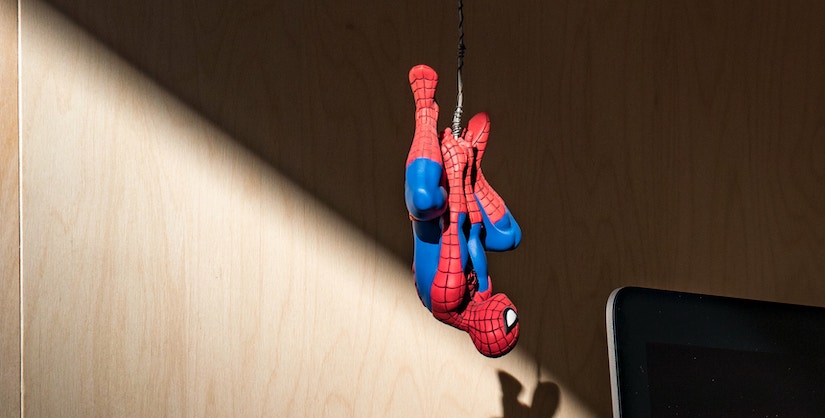Ever wondered how a single word like "un-friend-able" can pack such a punch? Or how "OMG" can express a whole rollercoaster of emotions?
The answer lies in the magical world of morphemes, the smallest units of meaning in a language. These tiny linguistic chameleons can be:
- Prefixes
- Suffixes
- Whole words
They're the secret sauce behind the ever-evolving flavours of modern English and popular culture.
Morphemes Example
Let's take "un-friend-able," for example. It's a Frankenstein's monster of morphemes. The prefix "un-" reverses the meaning. The root "friend" provides the core concept. The suffix "-able" turns it into an adjective, expressing a quality. In just one word, a whole drama unfolds. The rejection, the severing of a bond, the unsuitability for friendship. And it all happens thanks to these invisible building blocks.
Morphemes in popular culture
Popular culture is where morphemes truly flex their creative muscles. Memes like "adulting" (verbifying being an adult) or "hangry" (combining "hungry" and "angry") demonstrate wordplay. These are based on morphemes. They can generate instant virality. Slang terms like "bae" (from "baby") or "fleek" (on point) show how malleable language can be. The morphemes dance and morph.
Even superheroes owe their powers to morphemes. "Spider-Man," "Iron Man," "Captain America". Their names are built on descriptive morphemes. They paint vivid pictures of their abilities and identities. And who can forget the iconic "YOLO" (you only live once)? It's a linguistic cocktail of abbreviation and contraction. It perfectly captures the fleeting nature of life in a single memeable morpheme.
Morphemes and ambiguity
The world of morphemes isn't all sunshine and rainbows. Sometimes, their flexibility can lead to ambiguity. Take the word "flammable." Does it mean "easily set on fire" or "not easily set on fire"? This kind of ambiguity can be confusing and even dangerous. This highlights the importance being aware of potential double meanings.
Looking ahead, the future of morphemes is as bright and dynamic as the languages they shape. The rise of digital communication with abbreviations and emojis suggests a potential for even more creative and playful use of morphemes. As languages evolve and interact, new morphemes can emerge. The old ones can take on new meanings, enriching our linguistic tapestry.
So, the next time you encounter a meme, a superhero, or even just a simple word with a complex history, remember the power of morphemes. These tiny building blocks are invisible yet impactful. They're the foundation of our connection. They're the fuel of our pop culture, and the driving force of our ever-evolving language. They're the silent heroes of the linguistic world, shaping our thoughts, expressing our emotions. They remind us that even the smallest things can have a big impact.
More morphemic pop culture language
Here are some more examples of morphemes at work:
- "Shazam!"
(Combines "Shazam" with the exclamation mark, signifying the transformation and power gained) - "Men in Black"
(Descriptive compound noun using the prepositional phrase "in black" to define their identity) - "The Hunger Games"
(Evocative title using morphemes to hint at competition, survival, and potential danger) - "Hashtag"
(Blends "hash" for symbol and "tag" for label, creating a new term for social media categorization) - "Selfie"
(Playful blend of "self" and "portrait," capturing the essence of self-taken photos) - "Unfollow"
(Prefix "un-" reverses the action of "follow," expressing detachment and separation) - "K-pop"
(Abbreviation for Korean pop, showcasing the growing international influence of Korean music) - "Bollywood"
(Blends "Bombay" and "Hollywood," highlighting the unique blend of Indian and Western elements in this film industry) - "Sushi"
(Japanese word combining "su" for vinegar and "shi" for rice, describing the key ingredients of this iconic dish)


